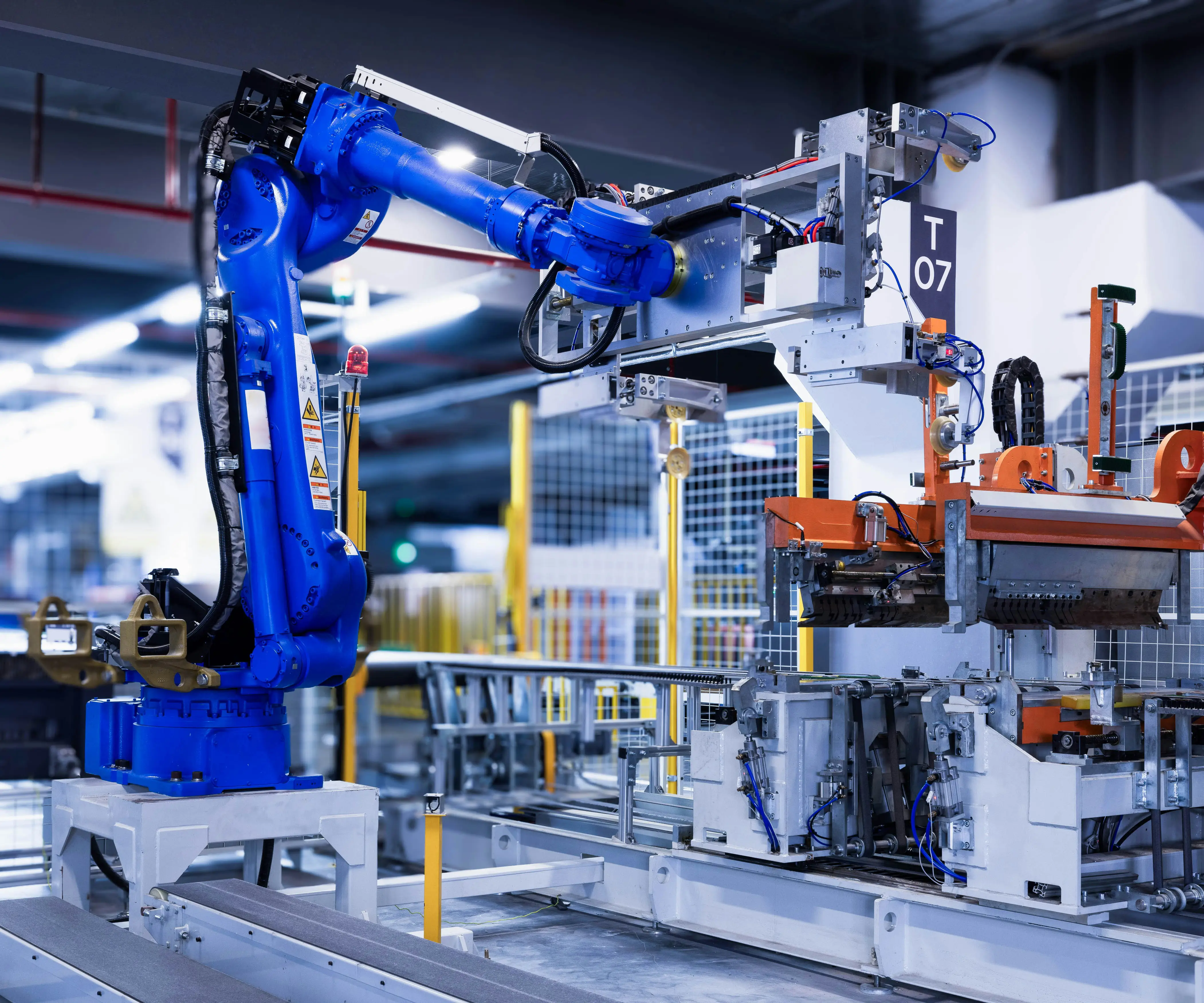Unlocking Power and Precision: The Ultimate Guide to DC Motor Gearboxes
In a world driven by motion, from tiny robotics to massive industrial conveyors, the transformation of electrical energy into controlled mechanical motion lies at the heart of countless innovations. At the core of this technology often lies a humble yet mighty component: the DC motor gearbox. While simple at first glance—a device that reduces speed and increases torque—the true significance of a DC motor gearbox extends far beyond its apparent simplicity, touching on efficiency, precision, and scalability.

The foundation: What is a DC motor gearbox?
A DC motor gearbox is an assembly that combines a direct current (DC) electric motor with a set of gear mechanisms. Its primary role? To manage the motor’s output, optimizing speed, torque, and positioning according to application demands. Think of it as a power translator—dampening high rotational speeds into manageable, controlled movements while multiplying torque to handle heavier loads.
At its core, a DC motor functions by converting electrical energy into rotational motion through electromagnetic interactions. However, the raw rotational speed of these motors often exceeds what practical applications require. That’s where the gearbox steps in: it acts as a bridge, refining the motor’s raw output into usable, efficient energy.
Why combine a DC motor with a gearbox?
While a DC motor alone is capable of fast rotations, it’s often too unsteady or too powerful for tasks requiring finesse and accuracy. For example, opening a delicate valve or positioning a robotic arm with millimeter precision demands not just power but controlled, steady movement.
The gearbox provides this control by:
Reducing rotational speed: From thousands of revolutions per minute (RPM) to a manageable, application-specific speed. Multiplying torque: Ensuring enough force is available at the output to perform demanding tasks. Enabling precise positioning: Adjusting gear ratios allows for fine-tuned movement, crucial for robotics, automation, and industrial machinery.
The marriage of DC motor and gearbox creates a versatile power unit adaptable to a vast range of applications, from miniaturized medical devices to heavy-duty industrial equipment.
The science behind gearboxes — types and mechanics
Gearboxes aren’t one-size-fits-all. They come in various types, each designed to cater to particular needs. Understanding these can help in selecting the right match for your project.
Worm Gearboxes
Imagine a screw (worm) engaging with a gear (worm wheel). Worm gearboxes are renowned for their high reduction ratios—achieving significant speed reduction in compact footprints. They also feature self-locking capabilities, meaning the gear cannot easily reverse motion, which is beneficial for safety and holding loads in position.
Planetary Gearboxes
Planetary gear systems mimic a miniature solar system, with a central sun gear, orbiting planet gears, and a ring gear. They offer high efficiency, compact size, and high torque transmission, making them ideal for robotic joints and aerospace applications.
Helical Gearboxes
Helical gears have angled teeth that engage gradually, resulting in smoother and quieter operation. Suitable for high-precision applications, they are common in conveyor systems, printing machines, and other industrial machinery.
spur Gearboxes
With straight teeth, spur gearboxes are simple, robust, and cost-effective. They work well in applications where noise is not a critical concern, such as in basic automation setups.
Each gear type varies in complexity, efficiency, and application suitedness. Pairing the right gearbox type with a formidable DC motor can unlock new levels of control and productivity.
The right gear ratio: finding your perfect match
Choosing the correct gear ratio is like finding the sweet spot in a musical composition. It determines how much the motor's speed is reduced and how much torque is multiplied. A high gear ratio yields more torque but less speed, perfect for heavy lifting or pushing applications, whereas a low ratio favors speed over torque, suitable for rapid movements.
The balance depends on the application’s demands:
Robotic arms often require high precision and torque, favoring gear ratios in the moderate to high range. Conveyor belts emphasizing speed may prefer lower gear ratios. Medical devices demand delicate, precise adjustments—fine-tuned gear ratios are essential.
By understanding your application's requirements, you can select a gear ratio that ensures optimal performance.
The importance of materials and manufacturing precision
Durability and efficiency hinge on high-quality materials and manufacturing. Gearboxes constructed with hardened steel, bronze, or composite materials resist wear and tear, prolonging service life. Moreover, tight manufacturing tolerances ensure smooth operation, minimal backlash, and consistent performance.
Advanced lubrication techniques, sealed enclosures, and precision machining all contribute to reducing friction losses and noise, enhancing efficiency and lifespan.
Stay tuned for part two, where we delve into innovative applications of DC motor gearboxes, emerging technologies, and expert tips on making the best choice for your needs.
Leveraging innovations in modular drive technology, Kpower integrates high-performance motors, precision reducers, and multi-protocol control systems to provide efficient and customized smart drive system solutions.




































